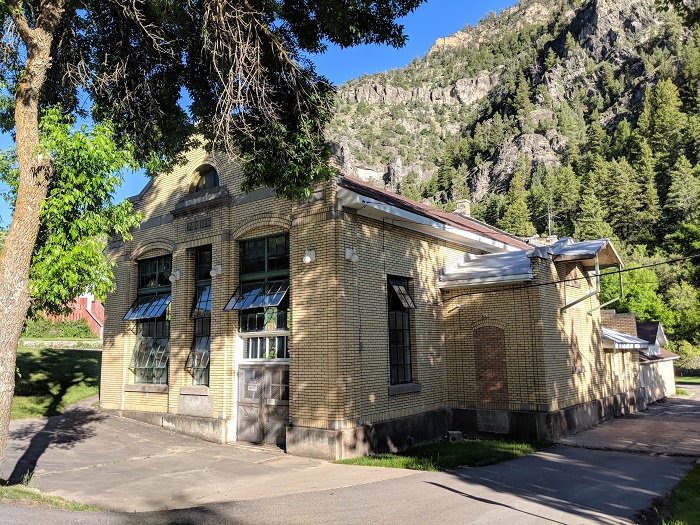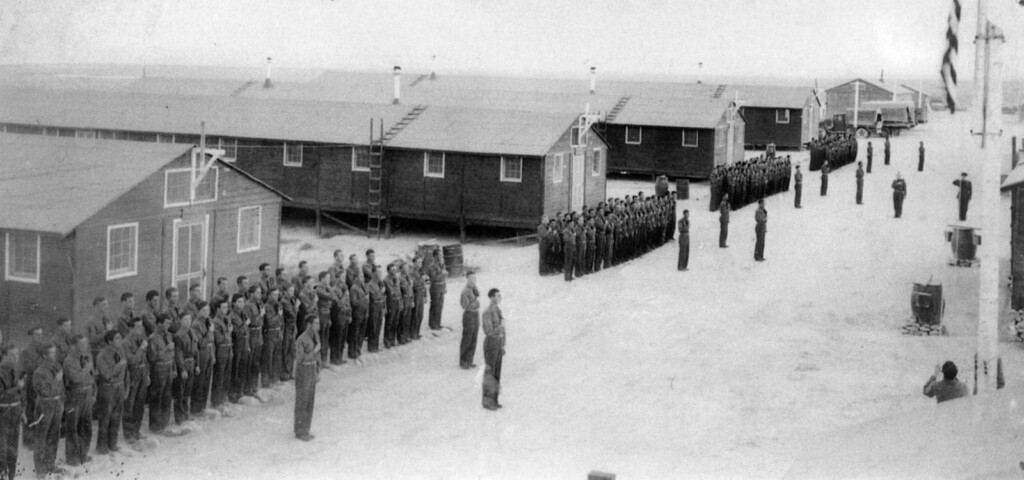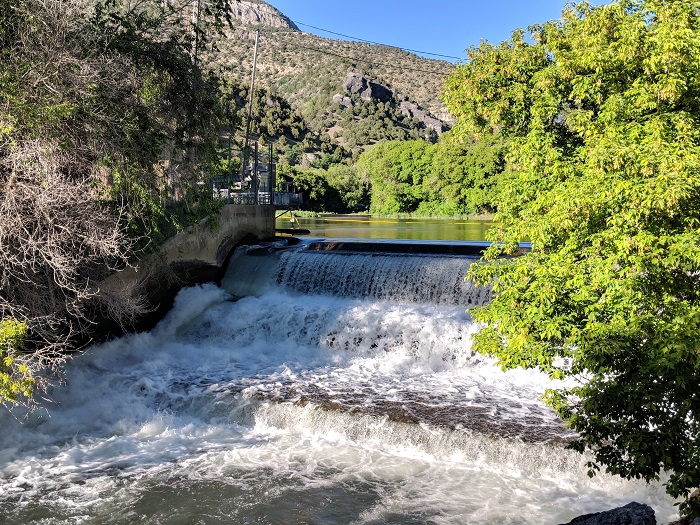
When the Mormon pioneers arrived in Utah they found an inhospitable desert. A few decades later, Utah was a major transportation hub with flourishing communities and electric lights illuminating orderly streets and fruit trees. So how did these destitute refugees create a prosperous, modern society in a matter of years?
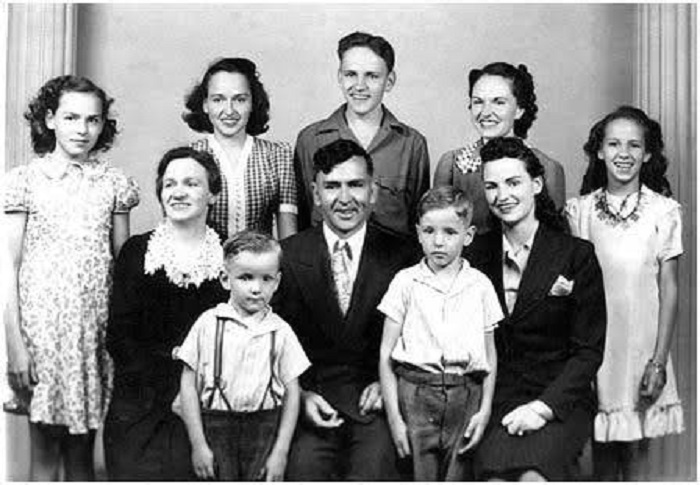
You can get some insight into this phenomenon by following one family—my family—as they navigated and influenced their changing world.
Thomas English Daniels was a typical Mormon pioneer: his family joined the Church in England and came to join the Saints in America.
When the Mormons were forced out of Nauvoo, he crossed the plains to Utah with his siblings and widowed mother, seeing suffering and death on the way. When they arrived in Utah, the family was asked to settle in Utah County.
With little access to advanced education or the latest technology, pioneers had to get creative as they built their new society. Many used knowledge from the lives and careers they left behind to make their community work. Others changed occupations based on need and availability. Thomas’s sons saw this need in electricity.
Salt Lake was fascinated with electric lighting early on. In more rural areas of Utah, if people wanted power they had to rely on enterprising individuals like the Daniels brothers. In the evenings, after work, Thomas Jr. built a dynamo (generator) that would later run the first electric lights in Payson. He and his brother, James, also made lights for the first electrification of Provo at the woolen mills.
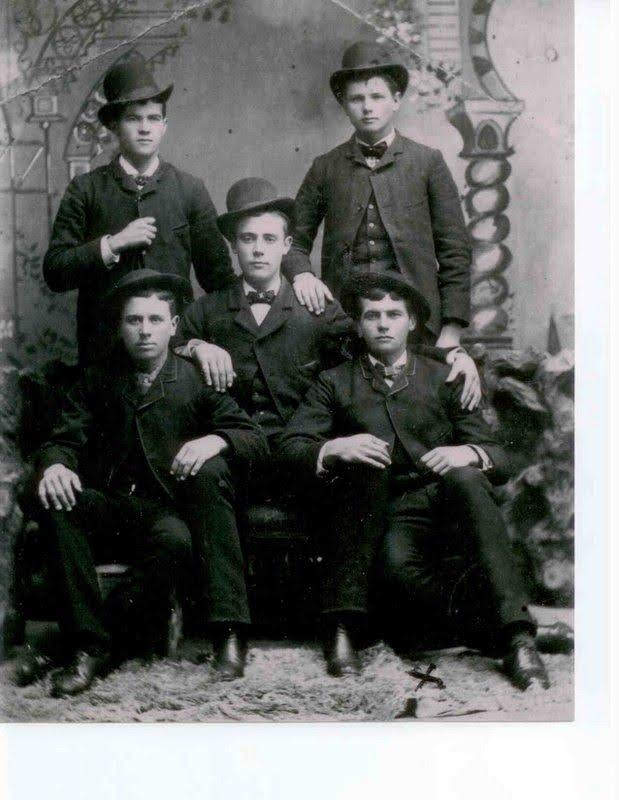
Small operations like theirs were popping up across the state, but as Utah grew more connected, people needed more reliable sources of energy. The Thomas brothers knew the state could make more use of its rivers for power (they’d owned a sawmill in Daniels Canyon for several years). The potential for hydroelectric power from streams and reservoirs was exciting, but also required more structure. Smaller companies were bought out by a series of larger companies, finally culminating in Utah Power and Light.
James and Thomas adapted to the conglomerate that swallowed so many of the local power companies, moving beyond their small community to help electrify the state. With James’s son Cleon, the brothers helped establish significant hydroelectric power sources in Grace,
Idaho and Logan, Utah. Cleon made his career as an employee of Utah Power and Light, making sure the hydroelectric dams supplied reliable, consistent power.
I heard about the family’s part in Utah’s development from Cleon’s daughter, my grandmother. She had fond memories of growing up in a company house in Logan Canyon, next to the hydroelectric dam her father helped build and manage. She loved growing up with the trees, the river, and all the electricity they could want. Due in large part to the efforts of her father and others like him, her world was very different from the one her grandfather was born into.
It took a lot to transform Utah into that world: a transcontinental railroad, strong leadership, and dedication to keeping up with scientific advancement. But it also took the work and creativity of local people who wanted to make their world better.